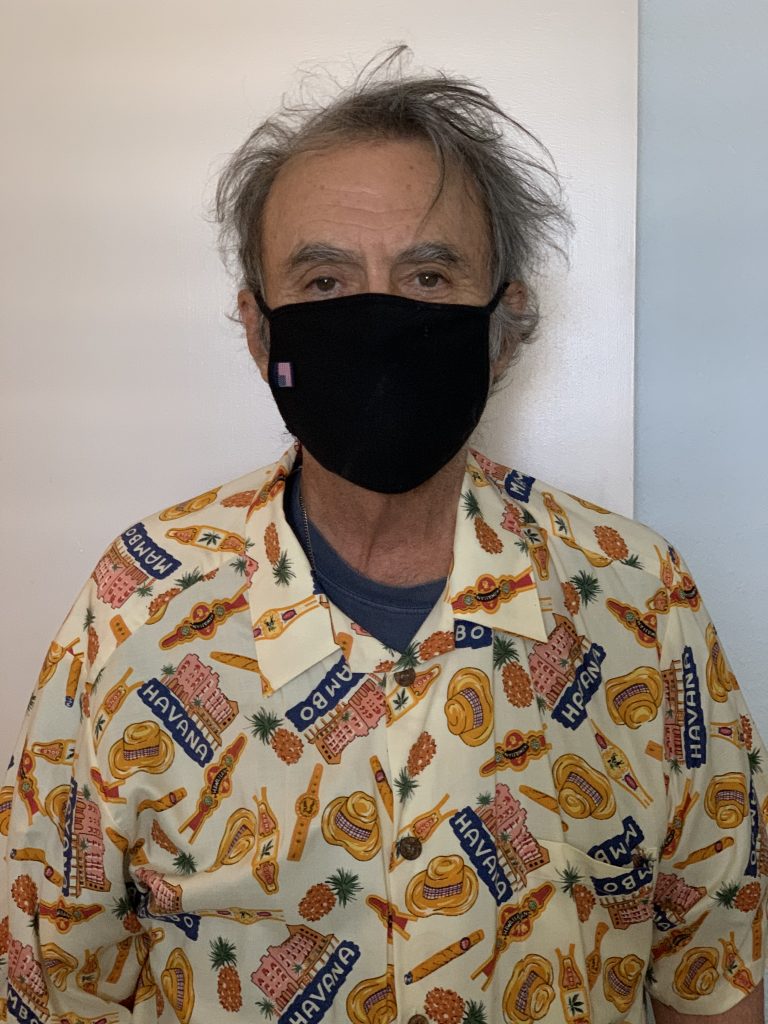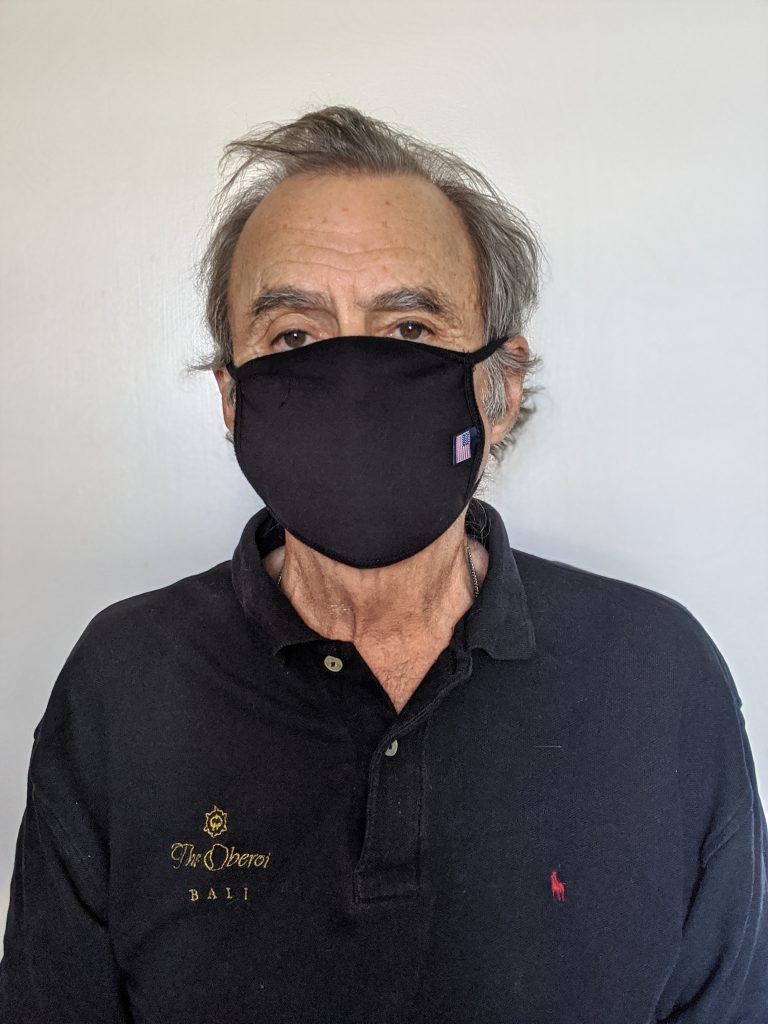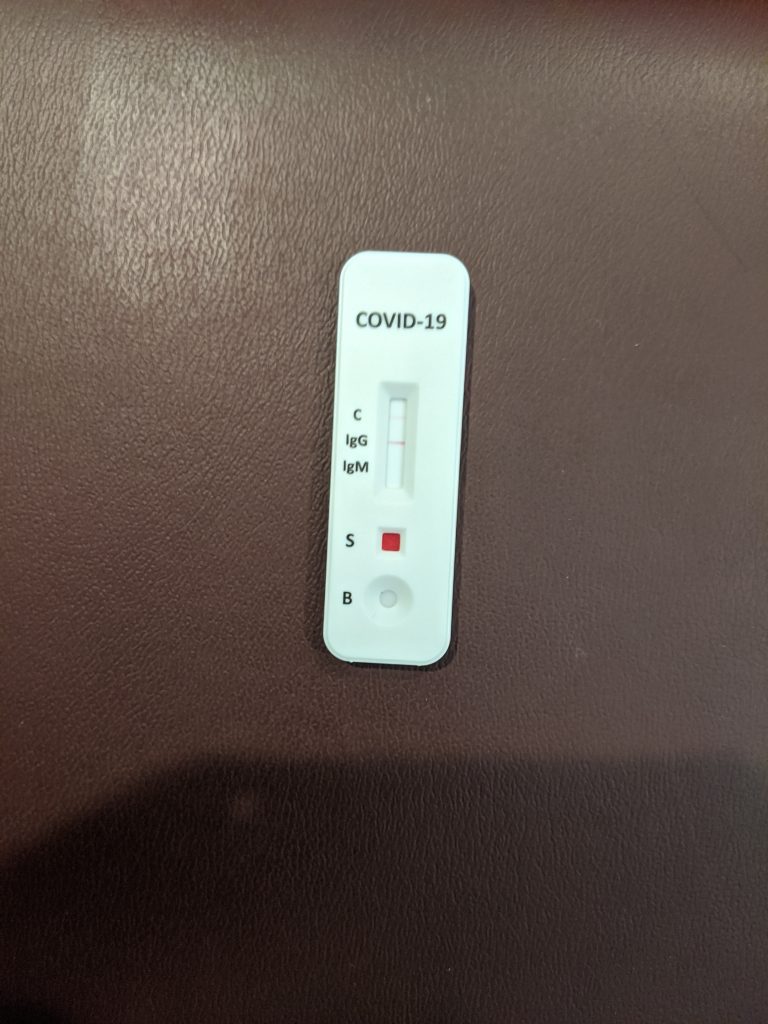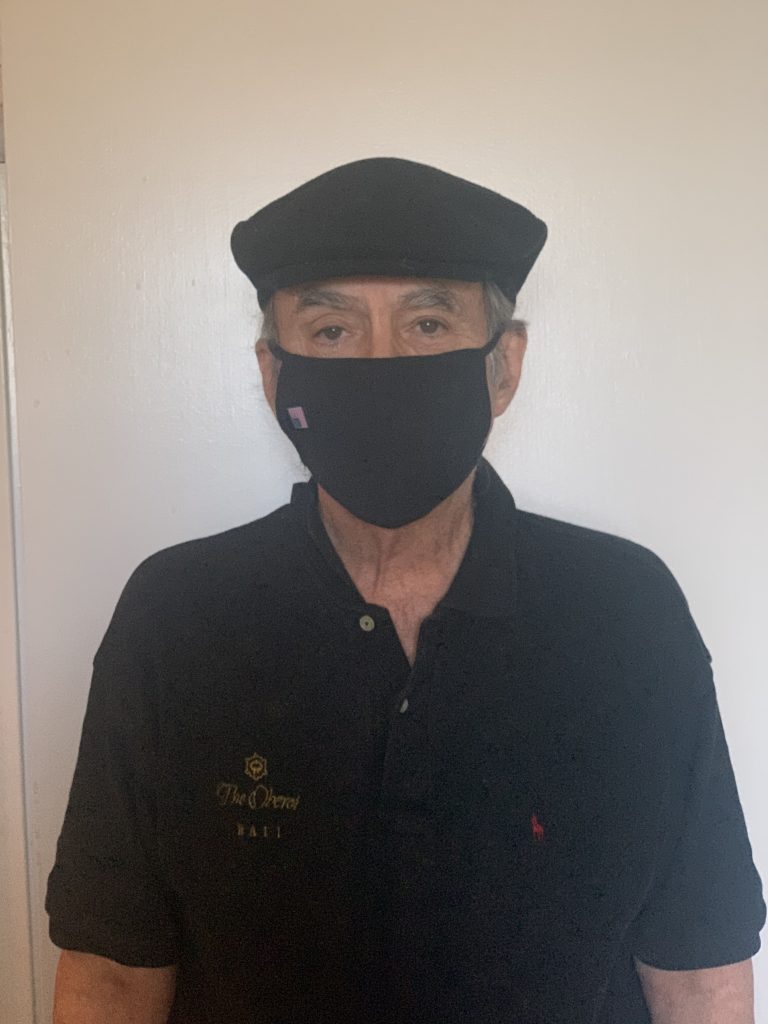To Mask or To Shield: Which Is Safer Inflight?

By Robert McGarvey
Tens of millions now are mulling – maybe obsessing about – a simple question: Can we safely breathe the air on a plane?
According to a recent survey, 37% of us are worried about airplane air – and 65% of us are worried about sitting next to an infected person.
Understand: what airline we choose and how we decide to protect ourselves (and others) inflight matter. There are decisions that we can make that work. And others that don’t.
For instance: read a Travel Pulse story, where a University of Alabama professor of medicine and infectious diseases, Dr. Michael Saag, offered the explosive opinion that on some airlines – he singled out Delta with its CareStandard program – the air is in fact very clean. Saag told Travel Pulse: “If passengers are spread apart and wearing masks, then it is very safe on an airplane.”
The Delta system filters cabin air every two to five minutes and removes 99.99 percent of particles.
One conclusion: whatever you do don’t fly American or United – both refuse to commit to blocking middle seats. Delta and Southwest both say they are. Easy choice about which to fly. Physical distancing remains our single most effective way to stay healthy and I am not surrendering that safety to prop up a carrier’s profits. Give me an empty middle seat or give me my money back!
The next big question is a non question because the answer is plain: To mask or not? Good news is that nowadays most carriers actually enforce a face mask policy. Sure, there are troglodytes who insist they have a right to not wear a mask but that viewpoint is absolute nonsense.
Mask up to stay safe and keep those around you safer.
Which brings us to a question of the moment: are face shields better than masks? Suddenly mask proponents are confronted with what might be the better option: a shield that usually is easy to wash, easier to breathe in, and for many just more pleasant.
Qatar is now requiring shields for economy passengers – no US carrier is. But, anecdotally, I hear more passengers on US carriers are wearing them. Should we join that club?
According to experts cited in a Washington Post story, shields may in fact offer more protection: “Face shields are a physical barrier that can provide travelers an extra layer of protection, according to Nahid Bhadelia, the medical director of the Special Pathogens Unit at the Boston University School of Medicine.
“‘I’m glad to see that a lot of airlines have mandated the use of masks, and the use of face shields is even better,’ Bhadelia said.”
Masks excel at protecting others from droplets you may expel – but shields do better at protecting you from the droplets others around you may expel.
Are face shields flat out better than masks? You will be hearing that question more – as more of us opt for the shields – and know that at least some experts agree the shields are better.
Amesh Adalja, M.D., a pandemic preparedness expert at the Johns Hopkins Center for Health Security, told AARP, ‘There’s a lot of at least biological possibility to suspect that [shields] are definitely better than homemade face masks, and maybe even better than other types of masks as well, because they not only prevent you from spreading it … [and] because it also covers your eyes, it provides more protection to the mucus membranes of your face where you might be getting infected.’”
A JAMA opinion piece, signed by multiple physicians, agreed about face shield benefits. “They are comfortable to wear, protect the portals of viral entry, and reduce the potential for autoinoculation by preventing the wearer from touching their face.”
The JAMA piece went for home plate with this: “Most important, face shields appear to significantly reduce the amount of inhalation exposure to influenza virus, another droplet-spread respiratory virus. In a simulation study, face shields were shown to reduce immediate viral exposure by 96% when worn by a simulated health care worker within 18 inches of a cough.”
Amazon stocks a variety of shields.
Word of advice for flyers however: Don’t count on airline acceptance of shields in lieu of masks. A particular crew may, another may think different and there are no national guidelines (yes, there should be but the absence is another story of presidential dereliction). So even if you are a hardcore shield person…carry a face mask in a pocket. Just in case.
And know some scientists in fact highly recommend the dual tactic defense. A mask protects others from you. A shield protects you from them.
In a world where a deadly virus is rampaging, a dual protection just may sound mighty good.
If you see me on a plane wearing both, I’ll forgive your giggles.
Just know I am probably safer than you.


